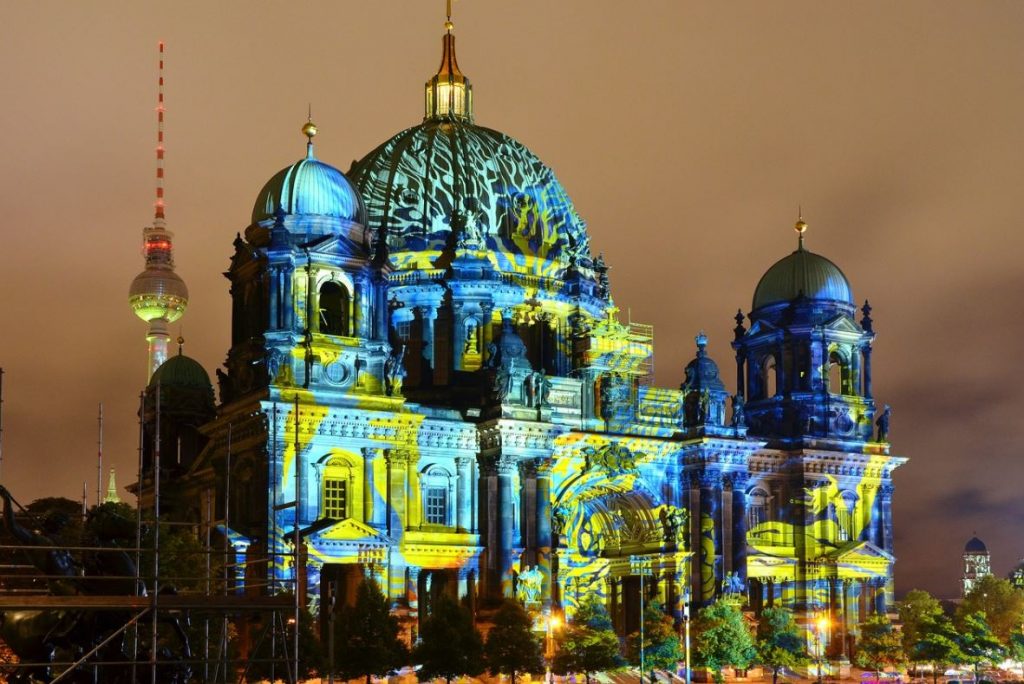One of the most astounding buildings in Berlin can be found on a river island in the center of the city.
In this post, we’ll take a closer look at some interesting Berlin Cathedral facts, one of the most wonderful churches in the world!
1. It’s located on Museum Island in central Berlin
The Berlin Cathedral is a Protestant church and is officially known as the “Supreme Parish and Collegiate Church” and locally known as the “Berliner Dom.” It’s located on the northern section of Spree Island, a large river island in the River Spree, the main river that flows through Berlin.
This section is known as “Museum Island” and covers an area of 8.8 hectares (21.25 acres). The cathedral is part of a large museum site that was constructed between 1830 and 1930 by the Prussian Kings.
It features the Altes Museum, the Neues Museum, the Alte Nationalgalerie, the Bode Museum, and the Pergamonmuseum, and is one of the most-visited tourist attractions in Germany’s capital.
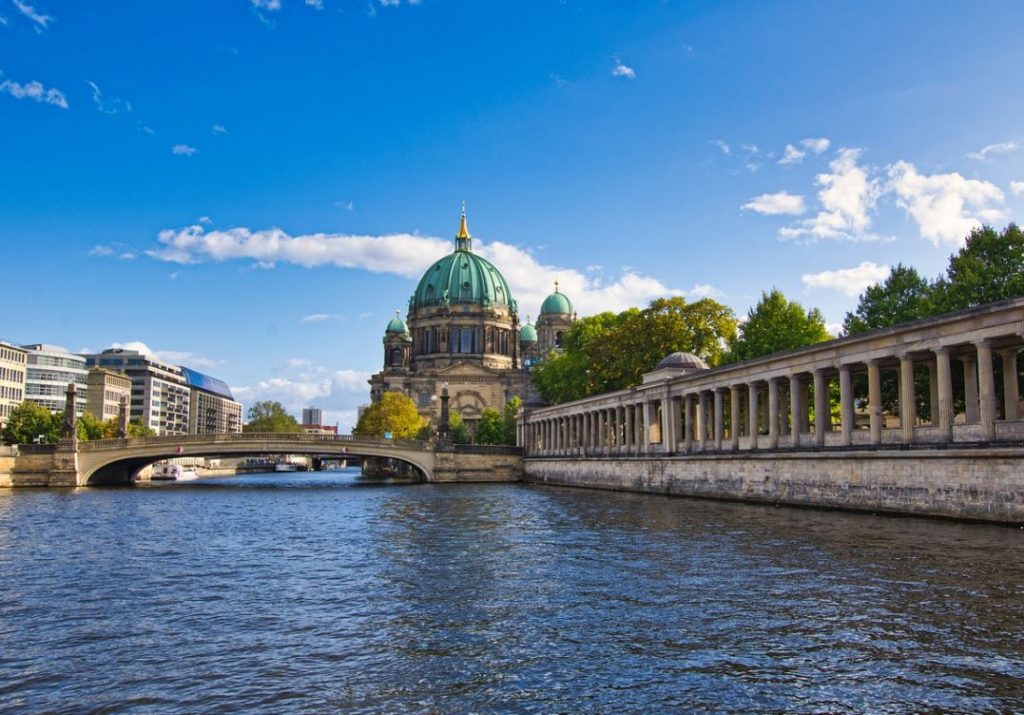
2. It’s the biggest Protestant church in Germany
The cathedral is huge and one of the most distinctive landmarks in the heart of Berlin. It has a total length of 114 meters (374 feet) and was originally even larger before the demolition of a section on the northern side in 1975 (more about that later).
It has a width of 74 meters (243 feet) and the tip of the dome reaches a height of 115 meters (377 feet). This means that it’s within the top 10 tallest buildings in Berlin, but still quite a bit shorter than the tallest building of all, the Berlin TV Tower which stands 368 meters (1,207 feet).

3. Its origin dates back to the chapel of Berlin Palace
The original church in the area dates back to when Prince-Elector Frederick II (1413-1471), nicknamed “Irontooth,” built the first fortification on Spree Island back in 1443. He was a member of the House of Hohenzollern and decided to establish his residence here from Brandenburg.
This original castle also featured a chapel and was elevated to a parish church by Frederick II in the year 1454. This means that this was the year that the first church was officially consecrated in this area.
This original church was dedicated to Erasmus of Formiae (died in 303 A.D.), a Christian saint and martyr, and was therefore called St Erasmus Chapel.
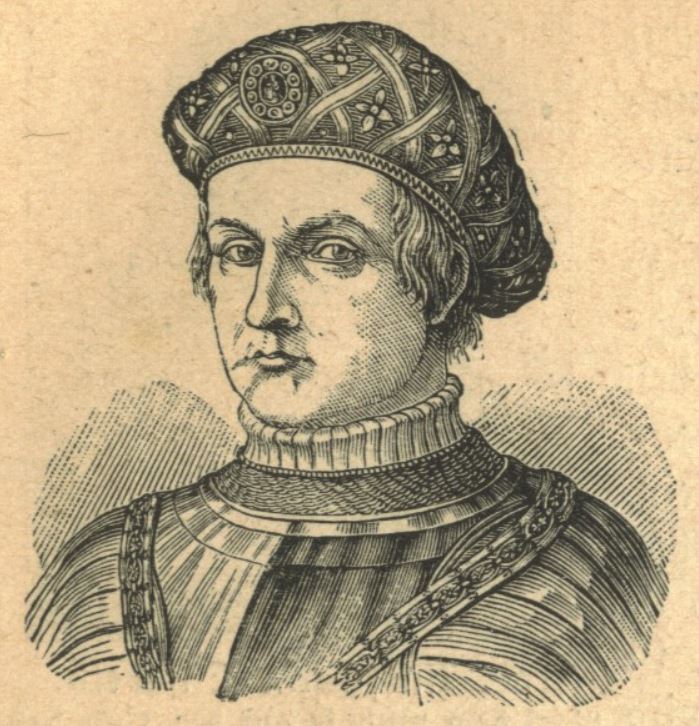
4. The second church in the area was established in the year 1538
The original building constructed by Frederick II was turned into a Royal Palace and ended up becoming the residence of the House of Hohenzollern from 1443 to 1918.
A much older Dominican convent was located in this area as well, and their Black Friars’ Church of St. Paul’s was turned into a much bigger church called the “Collegiate Church of Our Lady, the Holy Cross, the Ss. Peter, Paul, Erasmus, and Nicholas.”
This building, which featured two towers on its façade, was completed in 1538 and adjoined the Berlin Palace on its southern side.
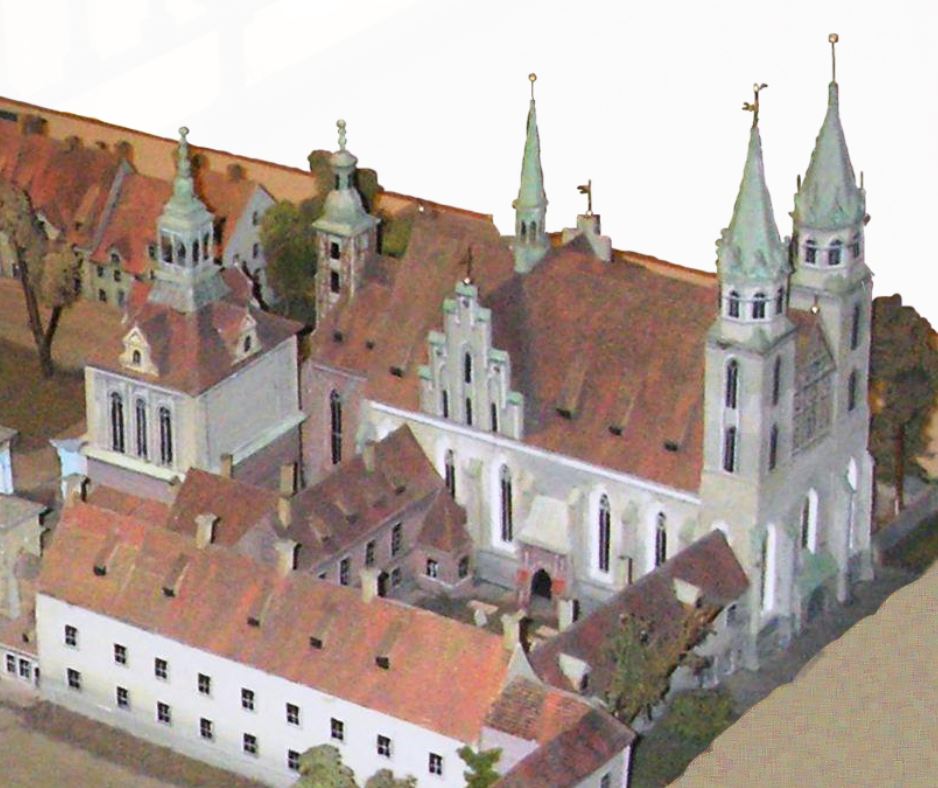
5. The third 18th-century church was a magnificent Baroque structure
The church building with its two towers was eventually demolished halfway through the 18th century to make way for a massive Calvinist Supreme Parish Church.
This structure was designed by Johann Baumann the Elder and completed between 1747 and 1750. It was built in the exuberant Baroque architectural style and had many similarities to the church we see today.
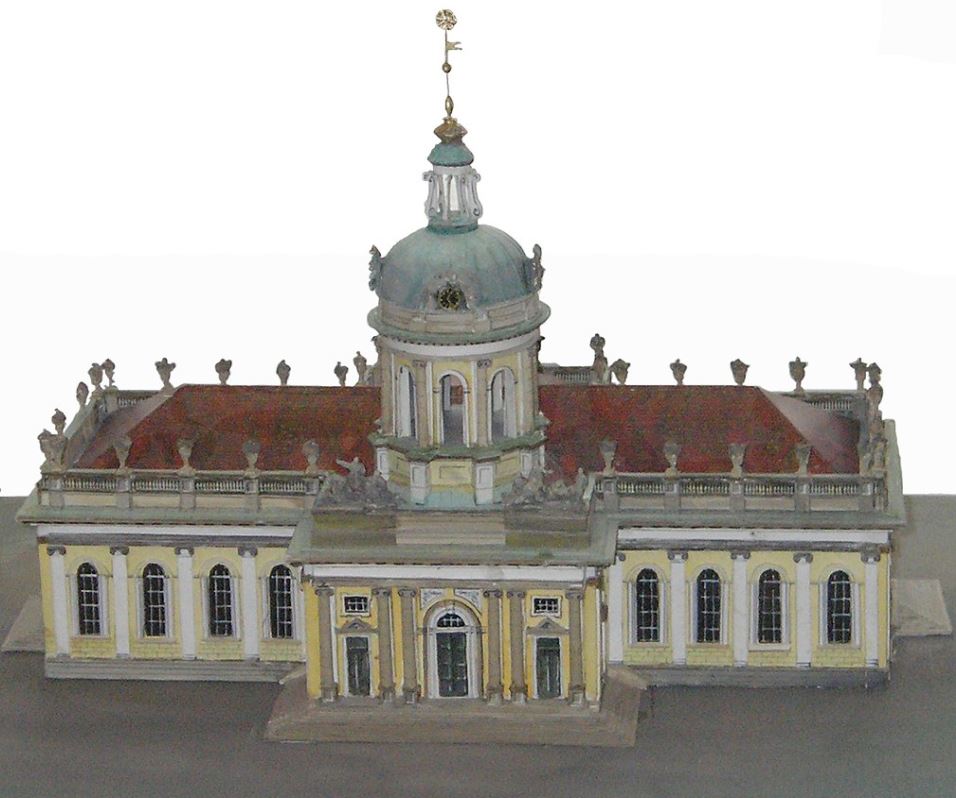
6. It was remodeled in the 1820s following the Prussian Union
The Prussian Calvinist and Lutheran congregations joined hands in the year 1817 in order to form the “Prussian Union of churches,” an organization referred to as the “Evangelical Church in Prussia.”
In order to celebrate this important event, the interior and exterior of this Baroque building were completely remodeled, resulting in the façade being redesigned in the Neoclassical style by Karl Friedrich Schinkel between 1820 and 1822.

7. The 18th-century church was demolished in the year 1893
Regardless of the redesign, talks about building a completely new building were started ever since the 19th century. Because of the havoc wrecked by Napoleon in the first years of the century, the financial situation wasn’t good enough to build a massive new structure.
It wasn’t until the year 1893 that the 18th-century church was demolished to make way for the building we see today, on the order of German Emperor William II.
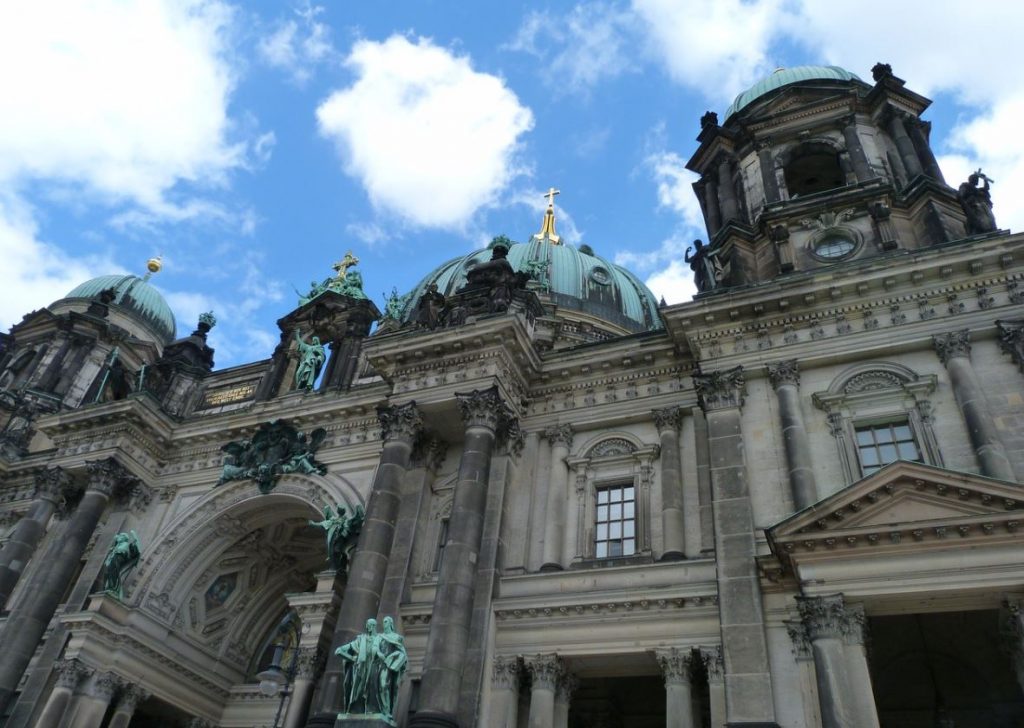
8. The current structure was inaugurated in 1905
Building this enormous structure was a very expensive project. It ended up costing a total of 11.5 million marks, a massive amount at the time.
The building was designed by Julius and Otto Raschdorff who were father and son, and they integrated both Neo-Renaissance and Baroque architectural elements into the design. The church was built between 1894 and 1905 and was officially inaugurated on February 27, 1905.
One of the most remarkable Berlin Cathedral facts is that it’s considered to be the Protestant counterpart of St. Peter’s Basilica in Rome as it’s the largest Protestant church in Germany and it features an equally impressive dome.
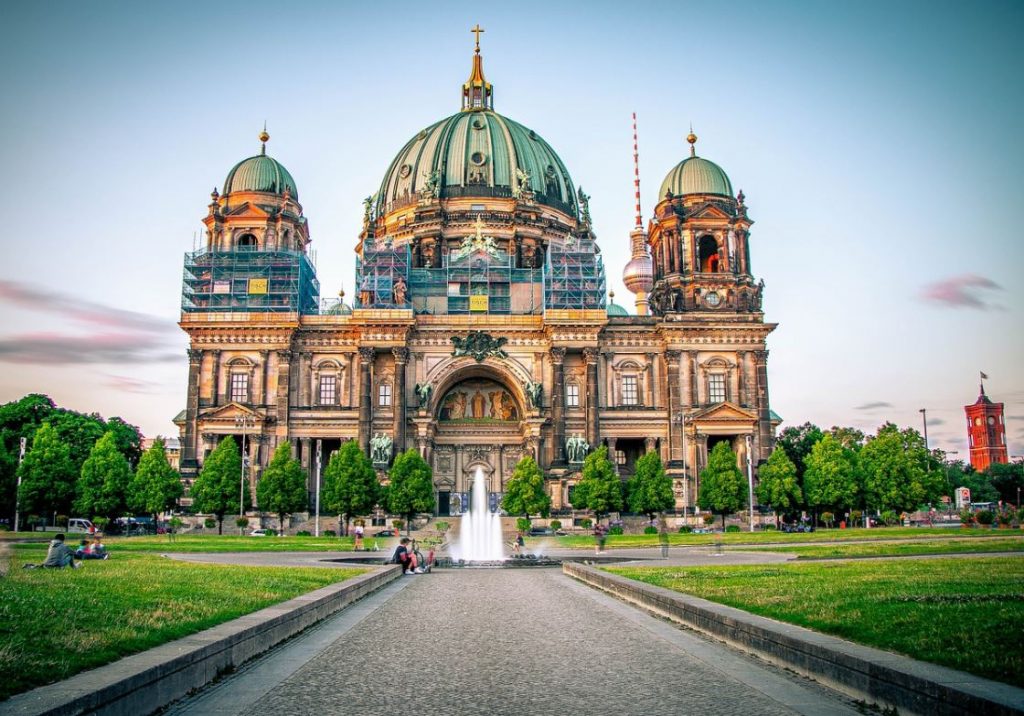
9. An important section was removed following WWII
The dome of the cathedral was destroyed during World War II as it caught fire following the allied bombing of May 24, 1944. Many other parts of the structure were destroyed as well, resulting in a temporary roof having to be set up between 1949 and 1953.
It wasn’t until the year 1967 that plans were made to restore the damaged building (which was located in East Berlin) and work finally commenced in 1975.
During this renovation project, the northern section of the building known as the “Denkmalskirche” or “Memorial Church” was demolished even though it remained completely intact following the war.
The demolition was purely ideological as the communist government of East Germany saw it as a memorial for the Hohenzollern dynasty who they most certainly despised.
As of today, plans to rebuild this additional structure are still on the table but have not come to fruition yet.
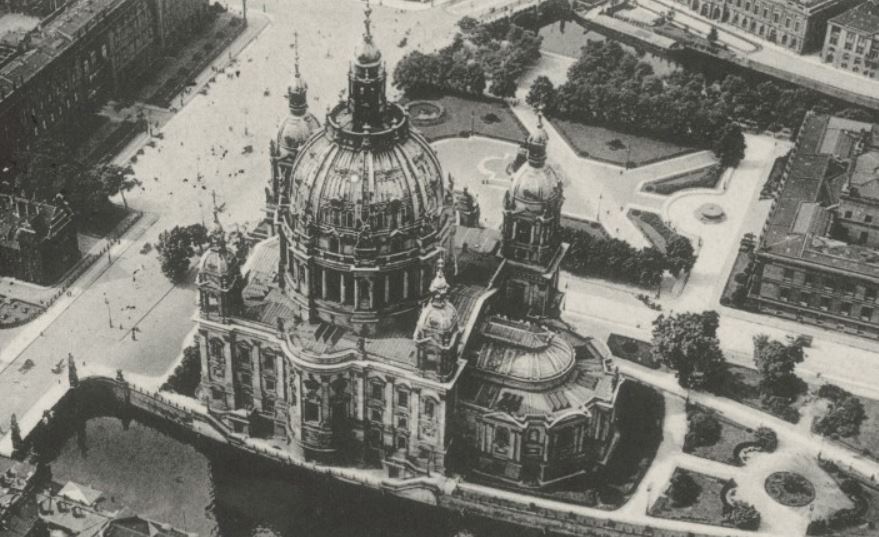
10. It’s used for many purposes today including light shows
Regardless of the destruction of the Gedenksmalkirche and its ideological importance regarding the Hohenzollerns, the crypt of the church still serves as the “Hohenzollerngruft,” or “tomb of the Hohenzollerns.”
The interior of the church has been completely restored to its original, an endeavor that was completed in the year 2002, and there are plans to completely restore the exterior of the building as well in the future as it appears to be crumbling!
Today, the church is one of the most popular tourist attractions in Berlin and is used for multiple events, including church services, state ceremonies, and even concerts.
On special occasions, it is also used for magnificent light shows, a must-see event in case you are in Berlin at the right time!
